
How to drop an index in MySQL
October 26, 2023
Dropping an index in MySQL is a common operation when optimizing a database or refactoring its structure. This guide will walk you through the process step by step.
1. Understand the Implications
Before dropping an index:
- Performance: Removing an index can affect the performance of SELECT queries. Ensure that the index is not crucial for query performance.
- Locking: The operation may cause a brief lock on the table, potentially affecting other operations.
2. Identify the Index
First, you need to know the name of the index you wish to drop. If you aren't sure, list all indexes on the table with the following command:
SHOW INDEXES FROM your_table_name;
Replace your_table_name with the name of your table.
This will display a list of all indexes on the specified table, including their names and other related information.
3. Drop the Index
Once you've identified the index you want to drop, use the DROP INDEX statement:
ALTER TABLE your_table_name DROP INDEX index_name;
Replace your_table_name with the name of your table, and index_name with the name of the index you wish to drop.
For example:
ALTER TABLE users DROP INDEX idx_email;
You could ship faster.
Imagine the time you'd save if you never had to build another internal tool, write a SQL report, or manage another admin panel again. Basedash is built by internal tool builders, for internal tool builders. Our mission is to change the way developers work, so you can focus on building your product.
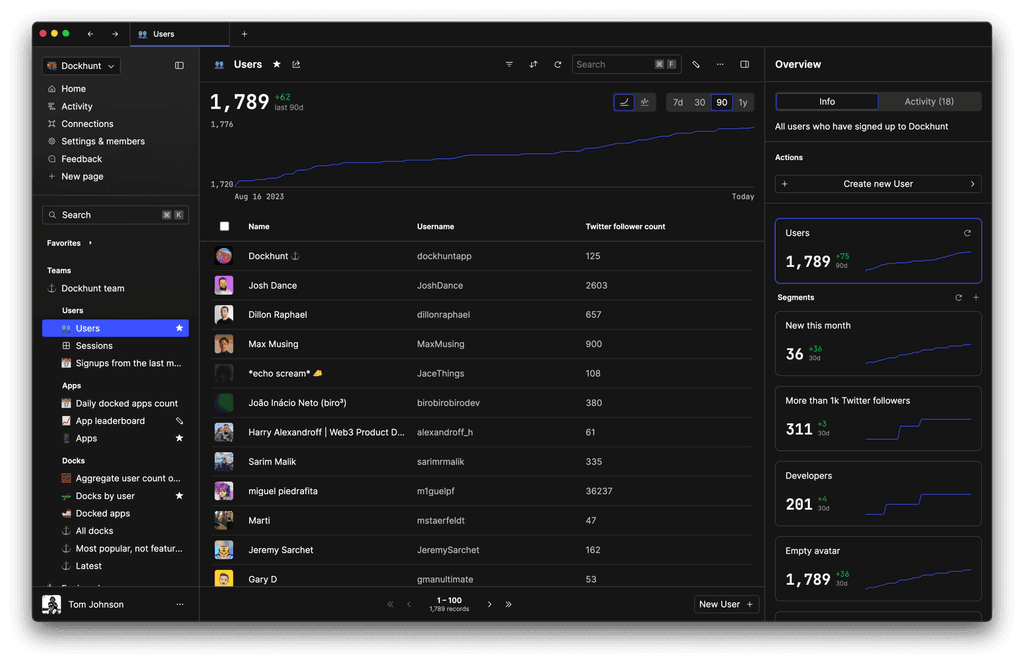
4. Verify the Index Has Been Dropped
To ensure the index has been dropped successfully, you can use the SHOW INDEXES command again:
SHOW INDEXES FROM your_table_name;
The dropped index should no longer appear in the list.
5. Monitor Performance
After dropping the index, it's wise to monitor the performance of your database, especially if the index was previously supporting high-frequency queries. Using tools like the MySQL EXPLAIN statement can help you analyze the impact on specific queries.
Conclusion
Dropping an index in MySQL is a straightforward process. However, always ensure you understand the implications on your database's performance and have backups in place for safety. Regularly optimizing and reviewing your database structure can help maintain the balance between storage space and query speed.
TOC
October 26, 2023
Dropping an index in MySQL is a common operation when optimizing a database or refactoring its structure. This guide will walk you through the process step by step.
1. Understand the Implications
Before dropping an index:
- Performance: Removing an index can affect the performance of SELECT queries. Ensure that the index is not crucial for query performance.
- Locking: The operation may cause a brief lock on the table, potentially affecting other operations.
2. Identify the Index
First, you need to know the name of the index you wish to drop. If you aren't sure, list all indexes on the table with the following command:
SHOW INDEXES FROM your_table_name;
Replace your_table_name with the name of your table.
This will display a list of all indexes on the specified table, including their names and other related information.
3. Drop the Index
Once you've identified the index you want to drop, use the DROP INDEX statement:
ALTER TABLE your_table_name DROP INDEX index_name;
Replace your_table_name with the name of your table, and index_name with the name of the index you wish to drop.
For example:
ALTER TABLE users DROP INDEX idx_email;
You could ship faster.
Imagine the time you'd save if you never had to build another internal tool, write a SQL report, or manage another admin panel again. Basedash is built by internal tool builders, for internal tool builders. Our mission is to change the way developers work, so you can focus on building your product.

4. Verify the Index Has Been Dropped
To ensure the index has been dropped successfully, you can use the SHOW INDEXES command again:
SHOW INDEXES FROM your_table_name;
The dropped index should no longer appear in the list.
5. Monitor Performance
After dropping the index, it's wise to monitor the performance of your database, especially if the index was previously supporting high-frequency queries. Using tools like the MySQL EXPLAIN statement can help you analyze the impact on specific queries.
Conclusion
Dropping an index in MySQL is a straightforward process. However, always ensure you understand the implications on your database's performance and have backups in place for safety. Regularly optimizing and reviewing your database structure can help maintain the balance between storage space and query speed.
October 26, 2023
Dropping an index in MySQL is a common operation when optimizing a database or refactoring its structure. This guide will walk you through the process step by step.
1. Understand the Implications
Before dropping an index:
- Performance: Removing an index can affect the performance of SELECT queries. Ensure that the index is not crucial for query performance.
- Locking: The operation may cause a brief lock on the table, potentially affecting other operations.
2. Identify the Index
First, you need to know the name of the index you wish to drop. If you aren't sure, list all indexes on the table with the following command:
SHOW INDEXES FROM your_table_name;
Replace your_table_name with the name of your table.
This will display a list of all indexes on the specified table, including their names and other related information.
3. Drop the Index
Once you've identified the index you want to drop, use the DROP INDEX statement:
ALTER TABLE your_table_name DROP INDEX index_name;
Replace your_table_name with the name of your table, and index_name with the name of the index you wish to drop.
For example:
ALTER TABLE users DROP INDEX idx_email;
You could ship faster.
Imagine the time you'd save if you never had to build another internal tool, write a SQL report, or manage another admin panel again. Basedash is built by internal tool builders, for internal tool builders. Our mission is to change the way developers work, so you can focus on building your product.

4. Verify the Index Has Been Dropped
To ensure the index has been dropped successfully, you can use the SHOW INDEXES command again:
SHOW INDEXES FROM your_table_name;
The dropped index should no longer appear in the list.
5. Monitor Performance
After dropping the index, it's wise to monitor the performance of your database, especially if the index was previously supporting high-frequency queries. Using tools like the MySQL EXPLAIN statement can help you analyze the impact on specific queries.
Conclusion
Dropping an index in MySQL is a straightforward process. However, always ensure you understand the implications on your database's performance and have backups in place for safety. Regularly optimizing and reviewing your database structure can help maintain the balance between storage space and query speed.
What is Basedash?
What is Basedash?
What is Basedash?
Basedash is the best MySQL admin panel
Basedash is the best MySQL admin panel
Basedash is the best MySQL admin panel
If you're building with MySQL, you need Basedash. It gives you an instantly generated admin panel to understand, query, build dashboards, edit, and share access to your data.
If you're building with MySQL, you need Basedash. It gives you an instantly generated admin panel to understand, query, build dashboards, edit, and share access to your data.
If you're building with MySQL, you need Basedash. It gives you an instantly generated admin panel to understand, query, build dashboards, edit, and share access to your data.
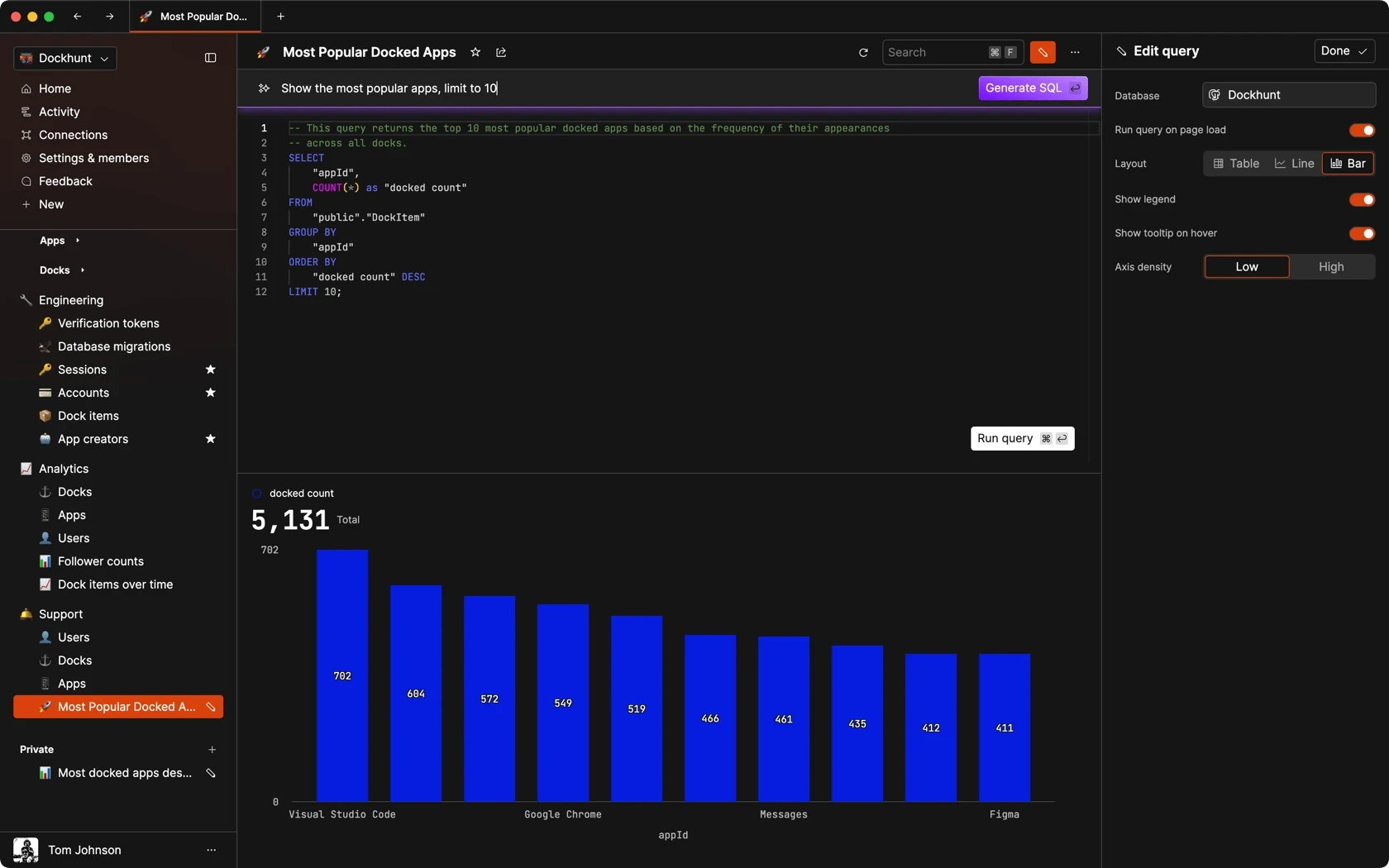
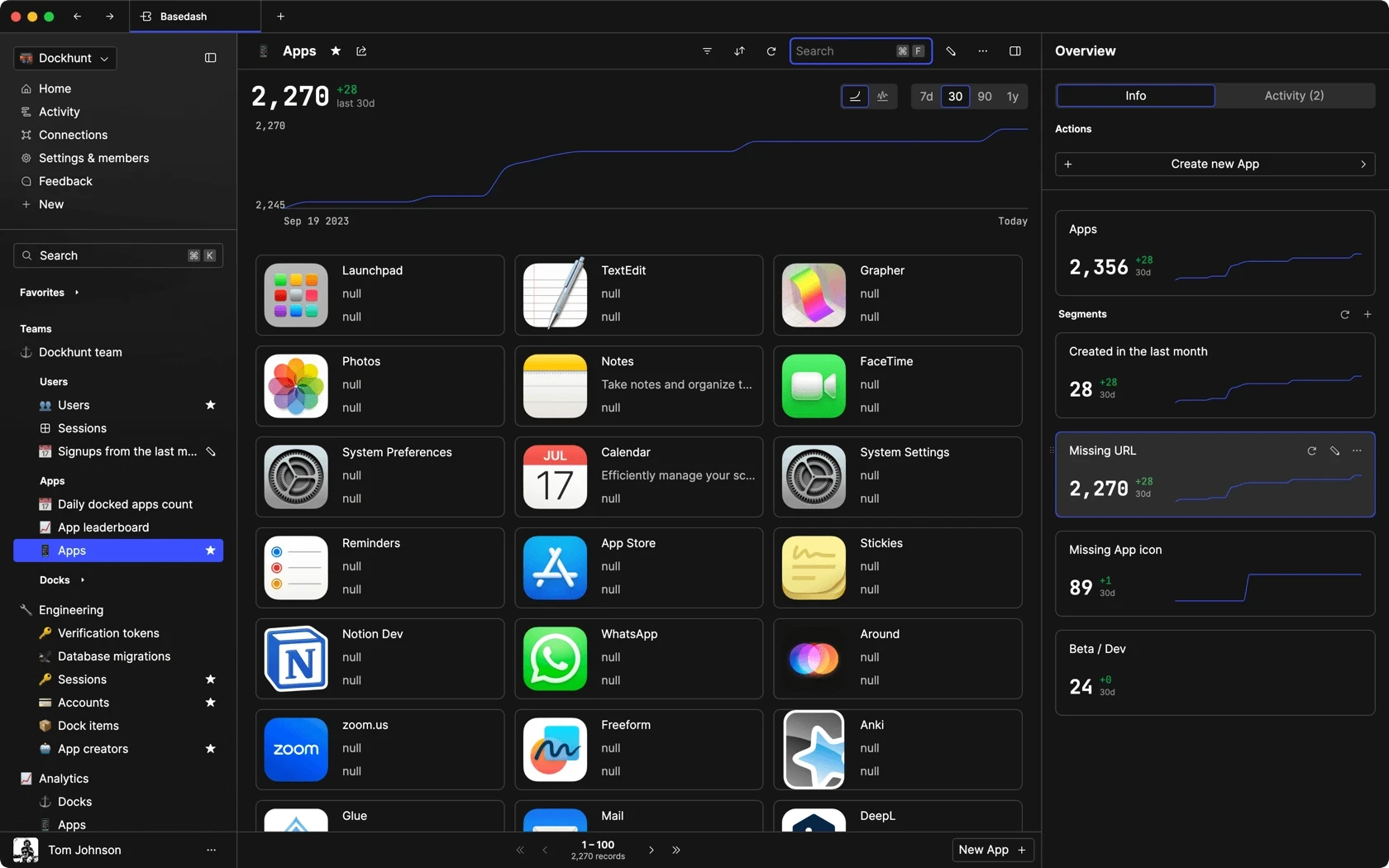
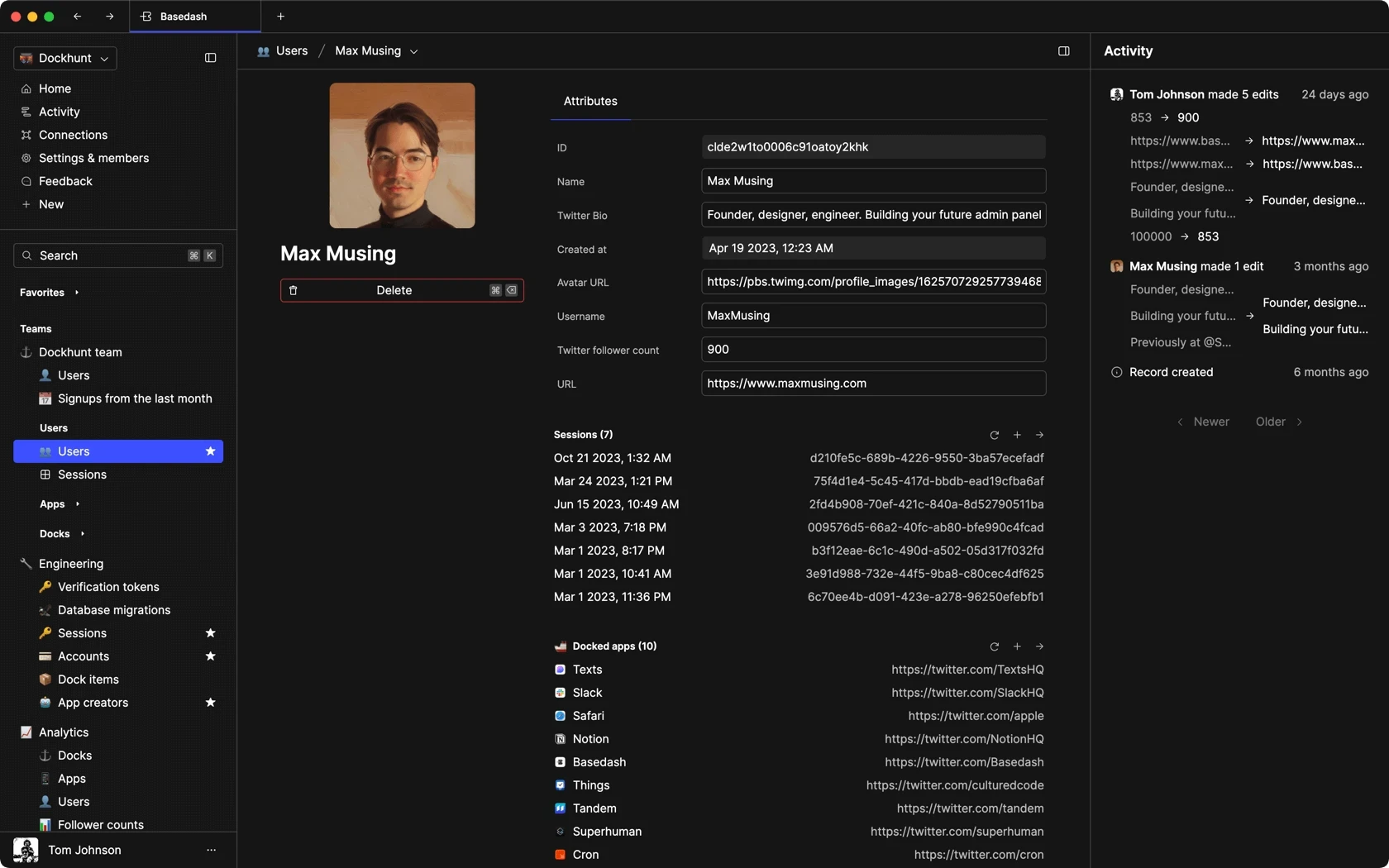
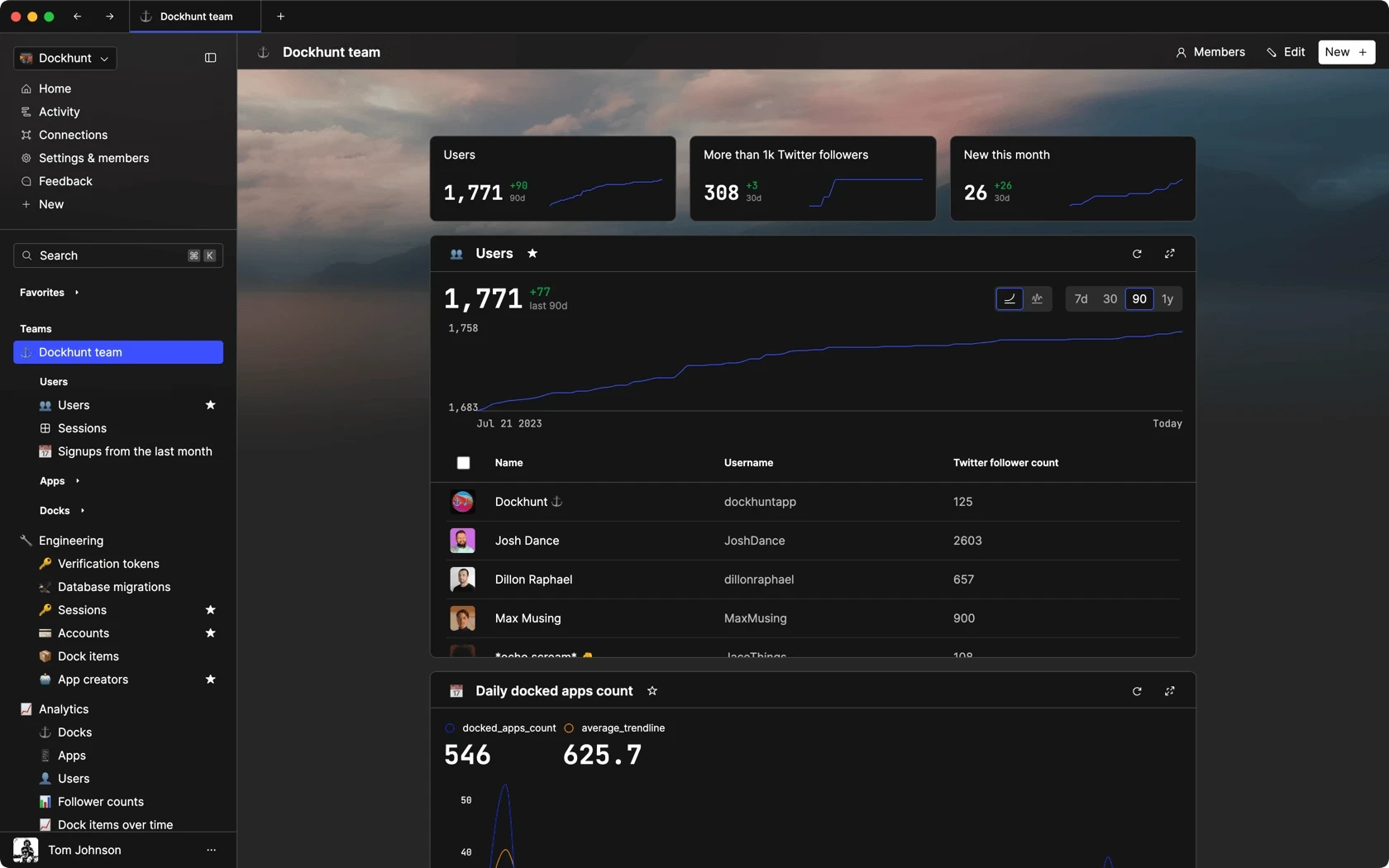
Dashboards and charts
Edit data, create records, oversee how your product is running without the need to build or manage custom software.
USER CRM
ADMIN PANEL
SQL COMPOSER WITH AI
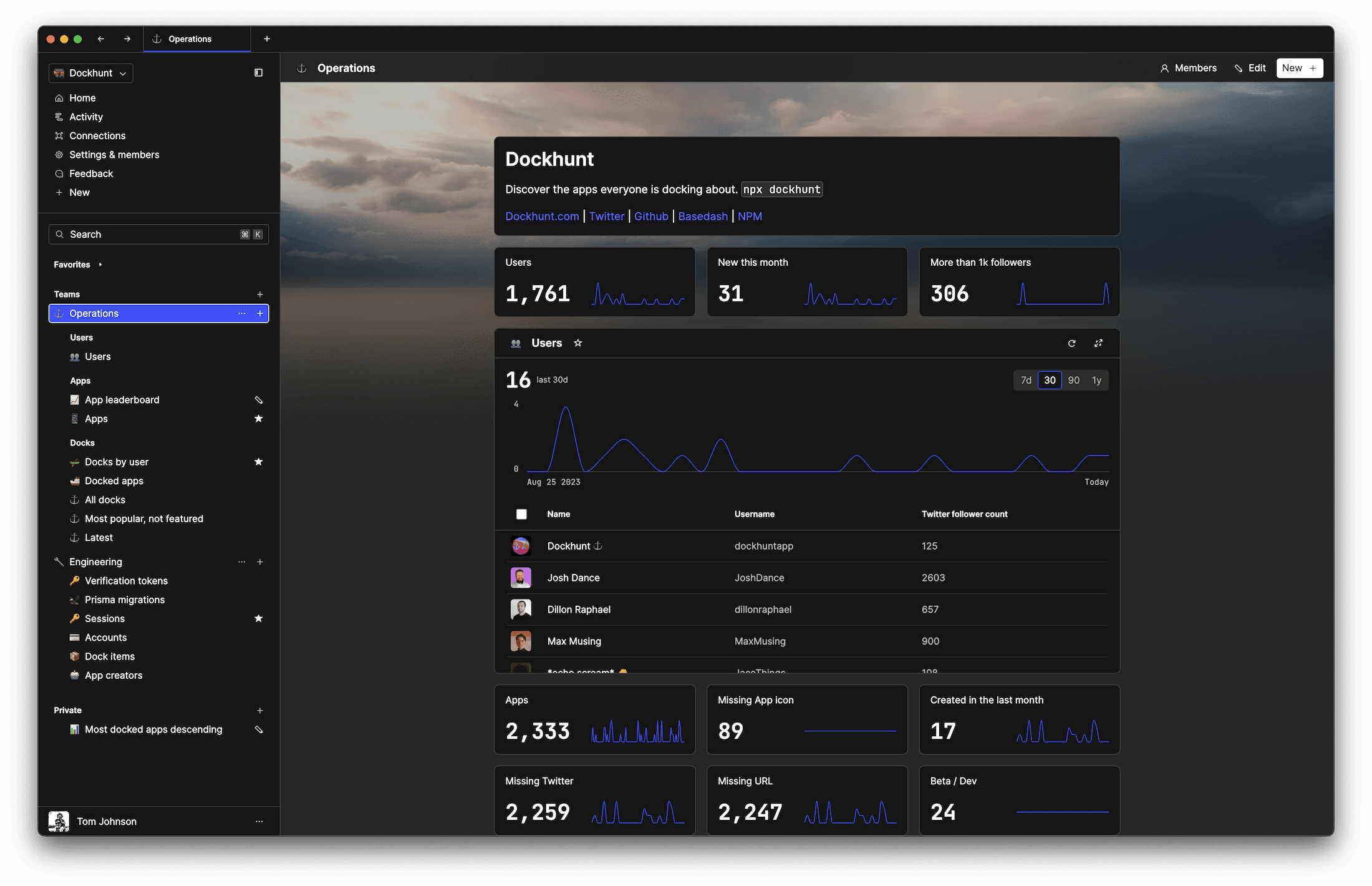
Related posts
Related posts
Related posts



How to Add Columns to MySQL Tables with ALTER TABLE
Robert Cooper



How to Add Columns to Your MySQL Table
Max Musing



Pivot Tables in MySQL
Robert Cooper



How to Rename a Table in MySQL
Max Musing



How to Optimize MySQL Tables for Better Performance
Robert Cooper



How to Display MySQL Table Schema: A Guide
Jeremy Sarchet
